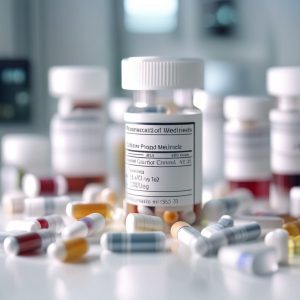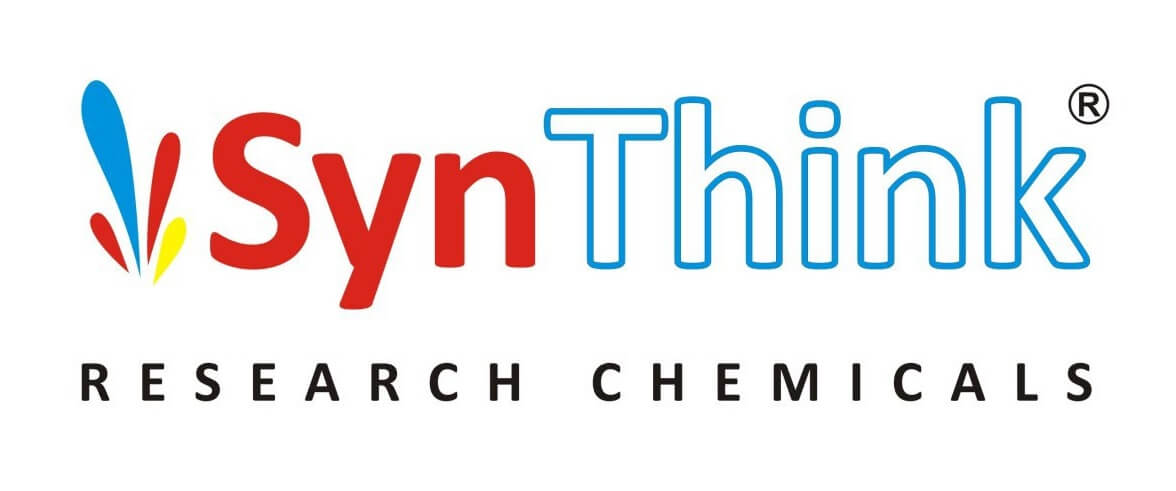Degradation Impurities
Degradation Impurities in Pharmaceutical Products : Detection and Minimization
Pharmaceutical products play a vital role in modern healthcare, providing effective treatments for various diseases. However, the presence of impurities within these products can compromise their quality, safety, and efficacy. Among the different types of impurities, degradation impurities are of particular concern. In this article, we will explore the various aspects of degradation impurities in pharmaceutical products, including their types, detection methods, regulatory guidelines, and strategies for minimizing their formation.
Types of Degradation Impurities
A. Oxidation
Oxidation is a common type of degradation that occurs in pharmaceutical products. It involves the reaction of drug molecules with oxygen, leading to the formation of oxidized impurities. Factors such as exposure to air, light, heat, or trace amounts of transition metals can accelerate the oxidation process. Oxidation can adversely affect the stability and efficacy of drugs, rendering them less potent or even inactive.
B. Hydrolysis
Hydrolysis refers to the degradation of drug molecules through a reaction with water molecules. This process often occurs under specific pH conditions, making it crucial to control the pH of pharmaceutical formulations. Hydrolytic degradation can reduce drug potency and even generate toxic by-products, posing risks to patient safety.
C. Photolysis
Photolysis involves the degradation of drugs due to exposure to light, particularly in the ultraviolet (UV) range. Pharmaceutical products containing light-sensitive compounds are vulnerable to photolytic degradation. The breakdown of active drug molecules during photolysis can lead to decreased therapeutic effectiveness and potential side effects.
D. Thermal Degradation
Thermal degradation occurs when pharmaceutical products are exposed to high temperatures. The heat-induced degradation reactions can alter the chemical structure of drugs, resulting in reduced efficacy and potential formation of harmful impurities. It is essential to control temperature during manufacturing, storage, and transportation to minimize thermal degradation.
Analytical Techniques for Detecting Degradation Impurities
Accurate detection and quantification of degradation impurities are critical for ensuring pharmaceutical product quality. Several analytical techniques are commonly employed for this purpose:
A. High-Performance Liquid Chromatography (HPLC)
HPLC is a widely used analytical technique for impurity analysis. It enables the separation and identification of degradation impurities based on their different chemical properties. HPLC provides high sensitivity and specificity, making it suitable for detecting and quantifying trace levels of impurities. However, it has certain limitations, such as the requirement for reference standards and potential interferences from complex matrices.
B. Gas Chromatography (GC)
GC is another valuable tool for identifying degradation impurities, particularly volatile or thermally stable compounds. It relies on the vaporization and separation of impurities using a gas-phase mobile phase. GC offers excellent resolution and sensitivity, allowing for the detection of impurities at low concentrations. However, it may not be suitable for analyzing thermally labile or non-volatile impurities.
C. Mass Spectrometry (MS)
MS is a powerful technique used in conjunction with HPLC or GC for impurity identification. It provides molecular weight information, enabling the characterization of degradation impurities and their structures. MS offers high sensitivity, selectivity, and mass accuracy, making it effective in detecting impurities even at trace levels. However, the interpretation of MS data requires expertise, and its application may be limited by the availability of suitable reference standards.
Regulatory Guidelines for Degradation Impurities
Regulatory agencies, such as the International Conference on Harmonisation (ICH), have established guidelines to ensure the control of degradation impurities in pharmaceutical products. These guidelines provide recommendations for impurity identification, qualification, and control strategies. Compliance with these guidelines is essential for obtaining regulatory approvals and maintaining product quality and patient safety.
Strategies for Minimizing Degradation Impurities
To mitigate the formation of degradation impurities in pharmaceutical products, several strategies can be implemented:
A. Formulation Considerations
Formulation design plays a crucial role in controlling degradation impurities. Factors such as selection of excipients, pH adjustment, and use of antioxidants or stabilizers can influence product stability. Stability studies conducted under various conditions help identify optimal formulation parameters to minimize degradation.
B. Packaging and Storage
Proper packaging materials and storage conditions are vital for preserving pharmaceutical product quality. Light-resistant containers, moisture barriers, and temperature-controlled storage facilities help prevent degradation caused by external factors. Additionally, appropriate handling and transportation procedures ensure the integrity of the products during distribution.
Conclusion
Controlling degradation impurities is crucial to ensure the quality, safety, and efficacy of pharmaceutical products. Oxidation, hydrolysis, photolysis, and thermal degradation are common types of degradation that can compromise drug stability and patient health. Analytical techniques like HPLC, GC, and MS are valuable tools for impurity detection and quantification. Adhering to regulatory guidelines and implementing appropriate formulation strategies, packaging, and storage conditions are essential for minimizing degradation impurities and maintaining product integrity.
FAQs
- What are degradation impurities in pharmaceutical products?
Degradation impurities are undesired substances that form in pharmaceutical products due to various degradation processes, such as oxidation, hydrolysis, photolysis, or thermal degradation.
- How do degradation impurities affect the quality of pharmaceutical products?
Degradation impurities can decrease drug potency, reduce therapeutic efficacy, generate toxic by-products, and potentially pose risks to patient safety.
- What are the analytical techniques used for detecting degradation impurities?
High-Performance Liquid Chromatography (HPLC), Gas Chromatography (GC), and Mass Spectrometry (MS) are commonly employed for the detection and characterization of degradation impurities.
- What are the regulatory guidelines for degradation impurities in pharmaceutical products?
International Conference on Harmonisation (ICH) guidelines provide recommendations for impurity identification, qualification, and control strategies to ensure the quality and safety of pharmaceutical products.
- How can degradation impurities be minimized in pharmaceutical products?
Strategies such as appropriate formulation design, selection of packaging materials, storage conditions, and proper handling and transportation procedures can help minimize the formation of degradation impurities in pharmaceutical products.


